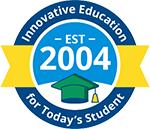Why Is Summer a Great Time to Begin Homeschooling?
Perhaps your children are attending a traditional school, and you have determined that you will transition to homeschool for the upcoming year. Great choice! Setting up your homeschool may take some time, but your efforts will be worth it. Have you considered easing into homeschool over the summer months? Here are some excellent reasons why […]
Career Exploration: Bring Your Child to Work Day
Each year on the fourth Thursday in April, National Take Our Daughters and Sons to Work Day is celebrated by corporations and businesses across the United States. Some parents may remember the event billed as Take Your Child to Work Day or Take Our Daughters to Work Day. And while its name has evolved – […]
Celebrate Earth Day All Year Long
Each April we celebrate Earth Day. It’s that perfect time of year to begin making more eco-friendly decisions and to let your children’s passion for the planet flourish. This love for Mother Nature also has other benefits. Research shows that playing and learning outdoors in the natural world benefits children’s physical health and social-emotional development. […]
Learning In the Garden Classroom
Gardening is not only a relaxing hobby but can also be an exceptional learning opportunity for students. Here are some of the easy learning opportunities available in your home garden for students from preschool to high school. Starting Your Homeschool Garden You don’t need acreage or even a backyard to start a small garden! Find […]
Spotlight: Ashley Hayes, Our Longest-Standing Time4Learning Member!
During our 20+ years of serving over a million homeschooled students, we have loved hearing the stories of our members and learning the impact Time4Learning has had on their educational journey. Each and every one is unique and special. We’re honored to share this extraordinary and inspiring member story with you as we shine a […]
Leap into Learning About a Leap Year!
Welcome to the curious calendar anomaly that is the leap year, a year that occurs every four years to balance our earthly orbit and keep our calendars running smoothly. This quirk in timekeeping has fascinated cultures through the ages, sparking unusual traditions, mathematical conundrums, and scientific discoveries. In this deep dive into leap year lore, […]
Ideas for Celebrating Lunar New Year
The Lunar New Year also known as “Spring Festival” in some areas, is the observance of the new year using the lunisolar calendar. It’s traditionally celebrated in several Asian countries such as China, South Korea, Tibet, and Vietnam, not to mention diaspora communities of Asian descent in the US and all around the world. The […]















